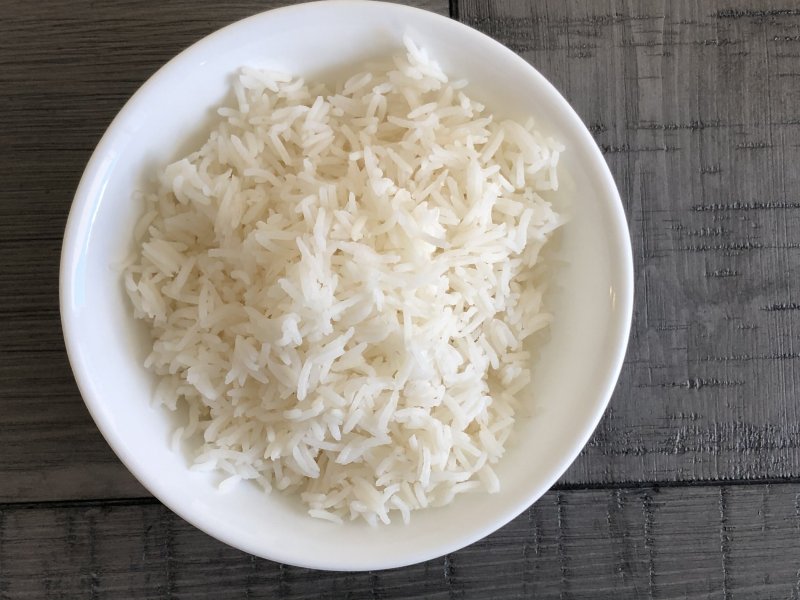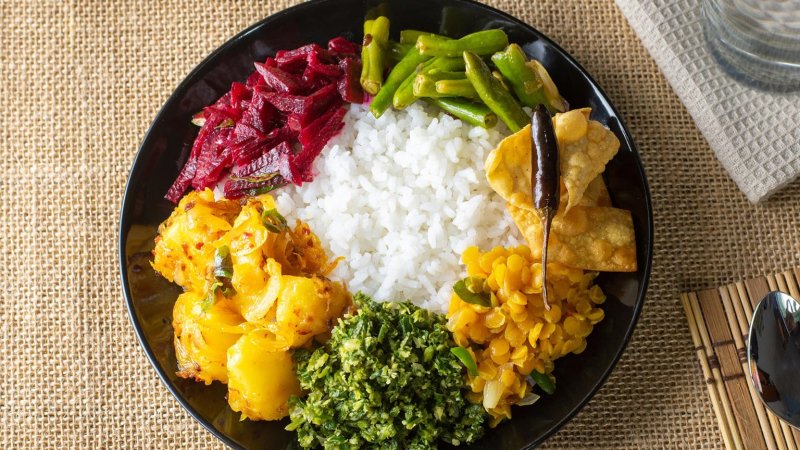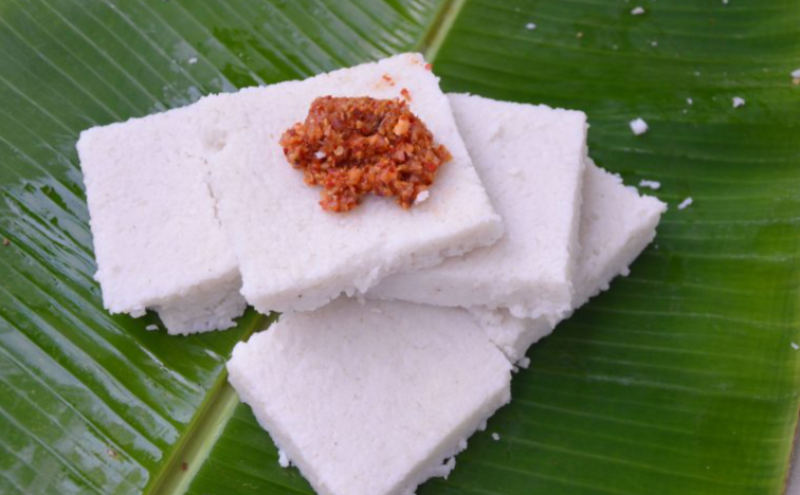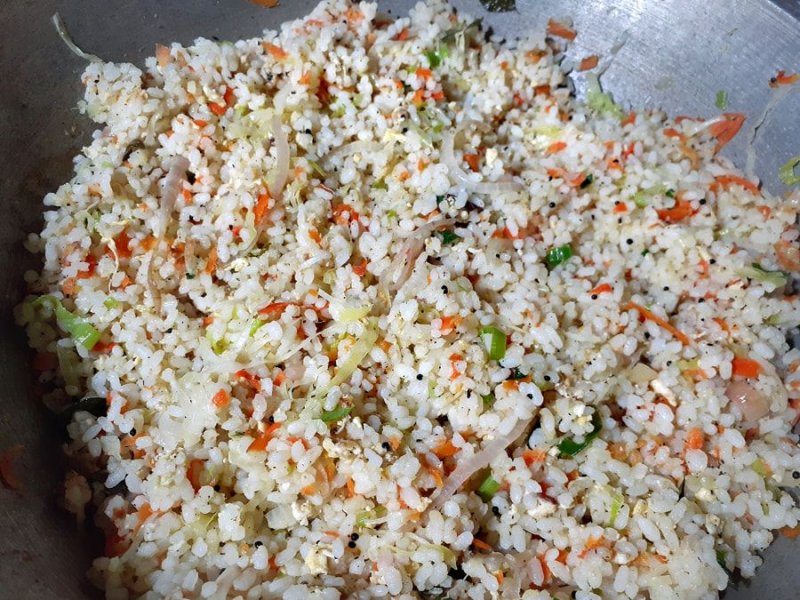
 Sri Lankan Traditional Rice and Curry
Sri Lankan Traditional Rice and Curry
Why Do We Eat So Much Rice?
Rice is a tradition in Sri Lanka and many other Asian countries, not just for taste but for its affordability, versatility, and nutritional benefits. White rice, the most popular type, provides quick energy, and in many Sri Lankan households, meals without rice feel incomplete. A common misconception is that eating rice three times a day is necessary for good health, with the belief that it will give the strength needed for a full day of work or school. However, modern research suggests that while rice has benefits, relying too heavily on it might not be the best approach for overall health.
The Nutritional Side of Rice
Rice is high in carbohydrates, which are essential for energy. It also contains some protein and minimal fat. However, it lacks many nutrients essential for muscle growth and recovery, like fiber, vitamins, and minerals found in other foods. Brown rice, the less popular but healthier option, contains more fiber and nutrients due to its outer layer being intact. This fiber helps with digestion and keeps us feeling full for longer, but because it’s often considered less tasty and is more expensive, most people in Sri Lanka still prefer white rice.
 Traditional Milk Rice
Traditional Milk Rice
Can Rice Affect Physical Structure?
Many people compare the physical strength and athletic ability of Sri Lankans and Asians in general with those from Western or African countries, where meals are often richer in protein and less reliant on rice as the main carbohydrate source. Protein is crucial for muscle growth and repair, and it’s a key component in the diet of athletes who need physical strength for sports. In contrast, diets that are high in rice and lower in protein can lead to fewer muscle gains, impacting overall physical performance. This might be one reason Asians generally show less physical strength in sports compared to Western and African athletes.
Additionally, rice-heavy diets can lead to spikes in blood sugar, causing a quick surge of energy followed by a crash. Over time, this can lead to issues like diabetes, particularly when consumed in large portions multiple times a day without adequate physical activity.
Common Misconceptions: Do We Really Need Rice for Every Meal?
A widespread belief in Sri Lanka is that rice is essential for every meal. However, the idea that we need rice to stay healthy is more cultural than scientific. Nutrition experts recommend that for balanced health and better physical fitness, people should diversify their meals with more vegetables, fruits, lean proteins (like fish, chicken, and beans), and healthy fats, alongside rice. Replacing part of our rice intake with more nutrient-dense foods can provide a better foundation for health and physical strength.
 Popular Local Dish Fried Rice
Popular Local Dish Fried Rice
Could Rice Impact Our Sports Performance?
Rice alone isn’t the reason Sri Lankans and other Asians might lag in strength-based sports like rugby and football. Other factors play a significant role, including genetics, training facilities, dietary diversity, and cultural focus on particular sports. However, shifting to a diet that includes a broader range of foods, especially those higher in protein and healthy fats, could potentially help athletes and active individuals reach better physical performance.
 Physical Game Rugby
Physical Game Rugby
Is There a Healthier Way to Eat Rice?
Eating rice in moderation as part of a balanced diet is key. Rather than making it the center of every meal, consider reducing portion sizes and balancing it with foods rich in protein and fiber. For those who want the health benefits of rice without over-relying on it, brown rice is an option worth exploring. Another helpful tip is to pair rice with a variety of colorful vegetables and proteins to make meals more nutritious and balanced.
Balance is Key
Rice is deeply rooted in Sri Lankan culture, and its value as a staple food is undeniable. However, while it provides necessary energy, eating it in excess, especially without balancing with other food groups, may not support the best health outcomes, especially for those seeking to improve physical fitness and strength. As Sri Lanka moves towards a healthier lifestyle, considering how much rice we eat and what we pair it with could lead to positive changes in both health and physical fitness.